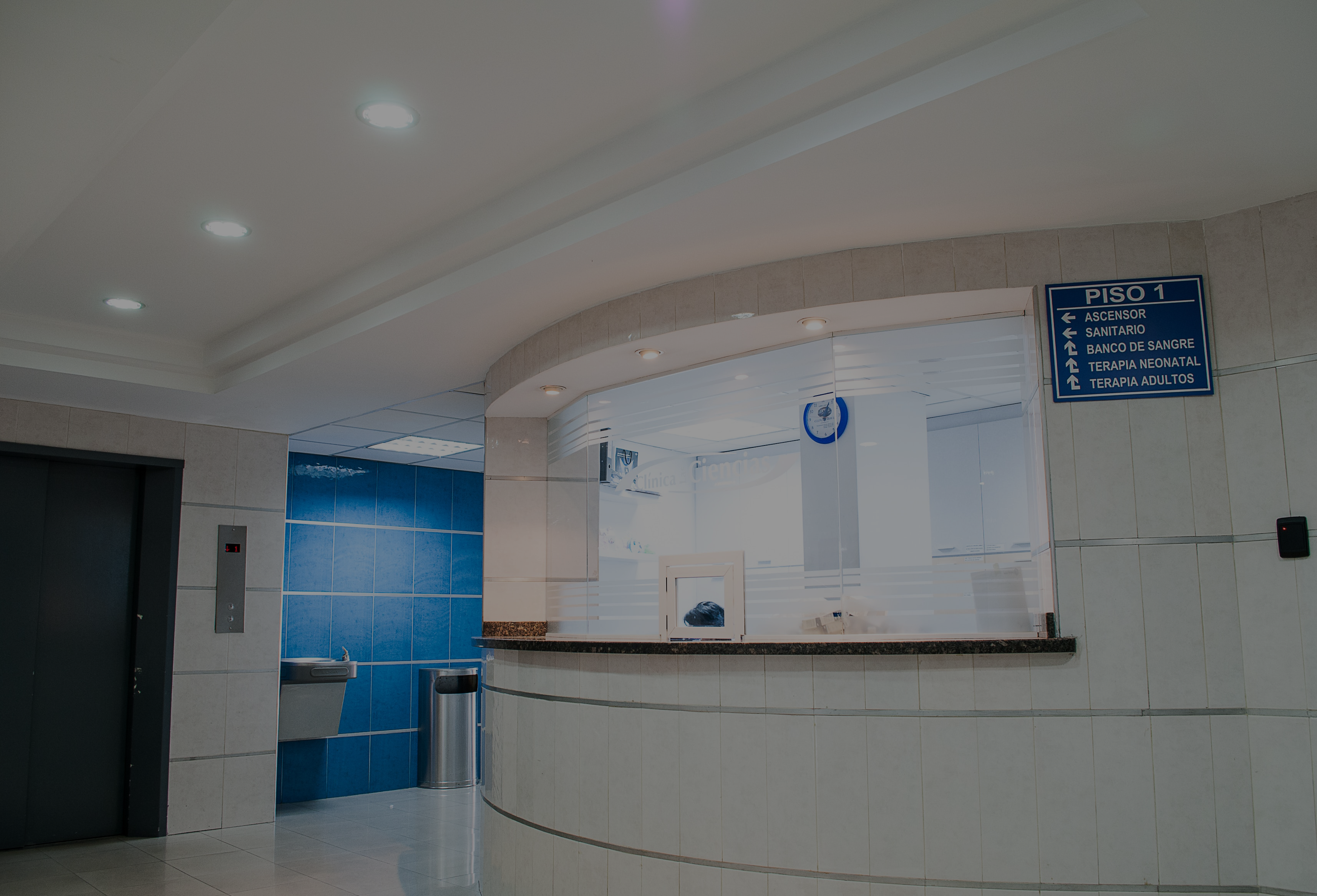
Health Worker Registry Project Benefitted Response to the COVID-19 Pandemic and Beyond in South Africa
- LocationSouth Africa
- ImplementationMarch 2020
The Challenge
In response to the pandemic, the Ministry of Health in South Africa needed to make many life-saving decisions. Among the concerns the pandemic highlighted as a priority was the health professional workforce that would be needed to care for the infected. To effectively manage this, South Africa needed to know how many healthcare workers by category were at each facility; how many ICU specialists were in each facility and how many health workers were infected with COVID.
To answer these questions, plan PPE distribution, roll out vaccine delivery, and solve other needs regarding healthcare workers across South Africa – the Human Resources for Health (HRH) Registry was introduced using the interoperability or data sharing capabilities of healthcare systems already in place and a strategy that was in-the-works before the pandemic.
The mapping of currently usable and future HRIS capabilities enables Human Resources for Health Operations to align with the HRH 2030 vision and strategy. HRIS capabilities are grouped according to the WHO National Health Workforce Indicator Framework. The alignment of the Human Resources Information System (HRIS) as an integrated solution provides an overview of achievements to date and planned HRIS contributions, which also supports achieving the Ministry of Health’s HRH 2030 vision and strategy.
National Department of Health: Republic of South Africa
HISP South Africa (Sponsored by the CDC)
DHIS2
FHIR
The Impact
-
1 Million Records
There are over 1 million records in the Human Resources for Health (HRH) registry
-
Responding Efficiently
Human Resources for Health (HRH) provides the ability to respond efficiently in light of a pandemic or healthcare emergency
Ongoing Impacts
- HRIS provides the ability to respond efficiently considering a pandemic or healthcare emergency.
- HRH information is available at fingertips for quick analytics on staff distribution and comparative analysis between service delivery areas.
- Monitoring of HRH information enables proactive responses to staff attrition and demands.
- Transparent view of health professionals across services spheres.
- Standardisation of occupational levels and categories across sectors.
- Improved mapping between systems
- Effective and efficient HR planning.
- Holistic analytics on HRH development and training
- Enable evidence-based decision making for health care managers.
- Improve service delivery and ground-route levels having the right person in the right position doing the right job.
Additional tasks illustrating HRIS’s impact revolved around the need to provide the ministry with details for: staffing numbers for personal protection equipment demand, identifying ICU and theatre trained nurses, identifying newly appointed staff for COVID support, verifying unemployed medical practitioners from professional council registrations, answering parliamentary questions about health worker density, health worker category and locations, and providing health worker data for vaccination registration on electronic vaccine data system including non-governmental workers.

Goals
The HRH Registry in South Africa serves to achieve the following outcomes:
- Accurate, real-time, and quality HRH information based on scientific analytics, which reduces the waiting time for HRH analytics. This is achieved through an automated update on routine data sets reduces data errors and improves data quality. The HRIS process also achieves enhancements in data management.
- Accessibility of data through the Portal improves Health Managers’ effectiveness and reduces costs for external data collection, integration, processing, and analytics. It contributes towards research-informed workforce planning, management, and policy development. The HRIS improves health program management concerning HRH.
- Improved capacity at all levels (NDOH, Provinces, Districts, and Facilities), having access to HRH indicators in real-time, and utilisation of evidence-based HRH information across HRH domains.
- Transparency across stakeholders on HRH indicators, public, private, and regulatory bodies providing an integrated engagement platform across health service stakeholders and contribute to the improved data quality in source systems.
- Effective HRH governance through quality data. Early warning system for HRH challenges such as early identification of fraudulent activities, ghost worker reduction and moonlighting. It also serves as a sound platform to inform health worker competency framework, training & development. The HRH registry will provide a reliable data source for understanding skills gaps and competency needs in the Health Sector and contribute towards improved health worker training and development planning.
- Improved HRH supply and demand management. Enhanced accuracy in forecasting models with a significant reduction in information turnaround time. Improved regulation of health worker employment. Through the use of information exchange, we were able to respond effectively and efficiently to the COVID 19 pandemic in South Africa.
The Approach
The FHIR-based HRH registry is the authoritative repository of health care workers in South Africa and supports the capability to share data with other interoperability-based systems. The HRIS foundation enables solutions such as the HR data warehouse. The HR data warehouse, supported by DHIS2 contains aggregated data for HRH planning and reporting and is accessed through their web app. The system will also include an HR planner module for scenario and use case planning. This enabled advanced analytics on HRH related indicators, dashboards, and routine reporting.
This data and system are now in use with trained staff from national and provincial levels. Reports are being generated to support planning, respond to parliamentary questions and the national department of health requested that the HRH registry be the authoritative source for all healthcare workers registering for vaccinations.
There are over 1 million records in the HRH registry with routine data exchange updates from primary data sources. The HRIS are currently working with 18 primary data sources ranging from Persal (the Government personnel system) to regulatory councils and local government.
-
OHIE CAPABILITIES
- Unique identification of health workers
- Tracking and management health worker capabilities and geographic coverage
-
HEALTH ISSUES ADDRESSED
- Having quality real-time information for life-saving decisions and planning
-
OHIE WORKFLOWS
- Query health worker and/or facility records workflow